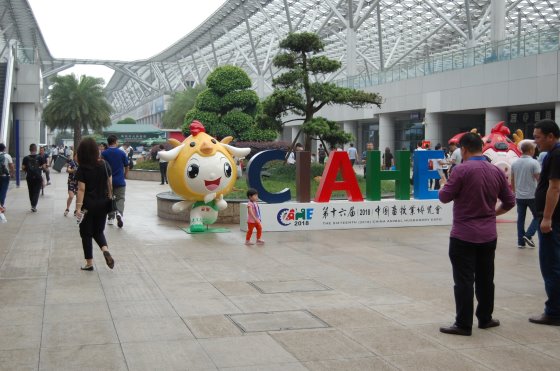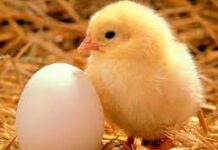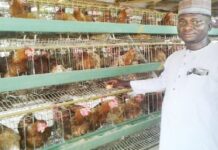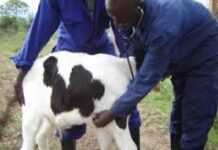Chongqing was the location for this year’s annual China animal husbandry expo (CAHE). Pig Progress was there to take in all the latest developments in as well as for the Chinese market.
China International Animal Husbandry Expo, known as CAHE around the world, is held annually from May 18-20 in different Chinese cities every year. Chongqing was the destination this year, for the largest livestock show in Asia. The expo offers a platform to learn about the Chinese livestock industry and for those wishing to start their business in China.
This year’s edition with the theme of “Green, development, integration and innovation” didn’t disappoint the over 165,000 visitors. The nearly 6,000 booths covering 130,000m2 incorporated many international companies cementing the fact that CAHE has successfully established itself as an international platform for animal husbandry with the highest technological content (see photo report below).
Rejuvenation of China’s livestock sector
Times are changing in China and technology is taking the lead. During the opening of the expo, Ma Youxiang, Director of the Animal Husbandry Department of the Ministry of Agriculture and Rural Development, pointed out that 2018 is the year in which the country has fully implemented the governmental strategy for rejuvenation of the animal husbandry sector.
Including new requirements for farmers, Youxiang explained that everyone in the sector should now “adhere to the general goal of providing excellent commodities, a strong welfare commitment and protect the ecological environment. First, we must speed up the transformation of production methods and promote animal husbandry to increase efficiency. Second, we must accelerate the shaping of new forms of industry and promote the added-value of animal husbandry. Third, we must speed up the restructuring of agro-pastoral relationships and promote animal husbandry in an environmentally friendly way”.
Future technology and big data
At the forefront of the technological revolution in China are influences from other markets. This was highlighted during the Sino-Dutch pig Industry Seminar. Held during the expo, Dutch specialists explored how big data and Internet of things (IOT) in the farming sector can influence the whole pork production chain and retailers. Ruth Bouwstra of GD animal health explained how data has successfully contributed to reducing antibiotic reduction in the Dutch livestock sector. Meanwhile Gerard Weijers of Nedap, which provides livestock management solutions, highlighted the need for transparency and data harvesting. By building a track record of each individual animal a more predictable production system can be gained.
With vertical integration transforming the face of the Chinese pork sector, virtual integration driven by Chinese e-commerce is presenting new opportunities and challenges. Levy Chang of supermarket chain, Walmart China, examined the shift in the historically important relationship between retailers and slaughterhouses/processors. Now, slaughterhouses are selling finished merchandise direct to customers as well as retailers, cutting the intermediary from the supply chain.
Clear progression in market
It is clear that technology is amplifying the speed at which the Chinese market can adapt to change and efficiently feed its booming population. Under the organisation of the China Animal Agriculture Association (CAAA), the expo and the times have clearly progressed together.





